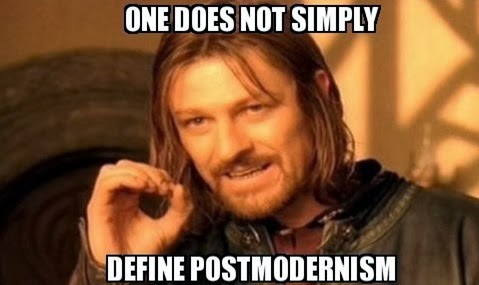
irrefutable
ɪˈrɛfjʊtəb(ə)l,ˌɪrɪˈfjuː-/
adjective
1. impossible to deny or disprove. "irrefutable evidence"
synonyms: indisputable, undeniable, unquestionable, incontrovertible,incontestable, unassailable, impregnable, beyond question,indubitable, beyond doubt, beyond dispute, indisputable;
----------
Irrefutable songs is the theme of my mix. I've chosen songs that I can't skip on shuffle, I can't ignore and I simply can't deny the love I have for them.
----------
----------
A SIDE:
1. Tiger Blood - The Vaccines
The first line pretty much sums up my feelings about this mix: 'You'd do it different but its not up to you'
2. Punching in a Dream - The Naked and Famous
It reminds me of summer and was featured at a very memorable scene in The Vampire Diaries (Ian Somerhalder shirtless)
3. Under the Tide - CHVRCHES
This song was the best when seeing them live
4. Bros - Wolf Alice
'I'm so lucky, you are my best friend, there's no one, there's no one that knows me like you do'
5. Girls Like You - The Naked and Famous
I can't even fully explain this one, the song fixes me in some sort of trance
6. Bleed it Out - Linkin Park
Upbeat and fun to sing along to...
7. Not giving in (ft. John Newman) - Rudimental
'THIS TIME I'M GONNA BE STRONGER I'M NOT GIVING IN'
8. Changing of the seasons - Two Door Cinema Club
I love TDCC and when I saw them in concert they played this song, and hearing it for the first time I loved it, and it always reminds me of that day in Ally Pally
9. Your Eyes - Bombay Bicycle Club
From 3:15 - I love it.
10. Hopeless Wanderer - Mumford and Sons
Everytime I hear this song I just think of the video and laugh to myself and get loads of weird looks?
----------
B SIDE
1. Dog Days are Over - Florence and the Machine
It's just so happy and an amazing song live
2. Sweet Disposition - The Temper Trap
It's such a stereotypical song but that doesn't lessen it's value, the song has such a good crescendo and it's feature in 500 Days of Summer is the cutest
3. Don't Rain on my Parade - Glee Cast (Lea Michele)
Originally sung by Barbra Streisand in the musical Funny Girl; it's showy and loud and great to sing along to: 'But whether I'm the rose of sheer perfection, or freckle on the nose of life's complexion, the cinder or the shiny apple of its eye, I gotta fly once, I gotta try once,
Only can die once, right, sir?'
4. Sing sing sing - Benny Goodman
The best WW2 Jazz song that exists, it's so upbeat and happy and makes me want to dance in a bunker and eat spam
4. Sing sing sing - Benny Goodman
The best WW2 Jazz song that exists, it's so upbeat and happy and makes me want to dance in a bunker and eat spam
5. Full Circle - Half Moon Run
I like the flow of the lyrics and the poetic quality they take on
6. I am the Doctor - Murray Gold
One of my favourite pieces of music that is still brilliant even if the show isn't
7. Noche Nada (A lot from me) - Givers
Such a happy song from one of my favourite groups, the lyrics make no sense at all
8. Thunder Clatter - Wild cub
'I hear it call in the center of it all, you're the love of my life, the love of my life'
9. Lover of the light - Mumford and Sons
The soul and the emotion makes me happy
10. One Day More - Les Miserables Cast
One of my favourite musicals and this song always seems to make me teary, the symphony and overlapping of the voices is the thing I find the hardest to ignore
11. Outro - M83
The song is enchanting and easy to listen to, from 2:13 - that's the best part. Thought it would be good to have an outro and to finish on this song.
I like the flow of the lyrics and the poetic quality they take on
6. I am the Doctor - Murray Gold
One of my favourite pieces of music that is still brilliant even if the show isn't
7. Noche Nada (A lot from me) - Givers
Such a happy song from one of my favourite groups, the lyrics make no sense at all
8. Thunder Clatter - Wild cub
'I hear it call in the center of it all, you're the love of my life, the love of my life'
9. Lover of the light - Mumford and Sons
The soul and the emotion makes me happy
10. One Day More - Les Miserables Cast
One of my favourite musicals and this song always seems to make me teary, the symphony and overlapping of the voices is the thing I find the hardest to ignore
11. Outro - M83
The song is enchanting and easy to listen to, from 2:13 - that's the best part. Thought it would be good to have an outro and to finish on this song.
----------
